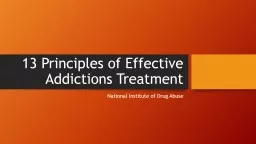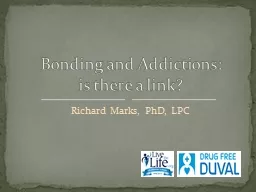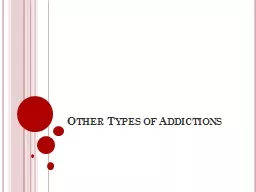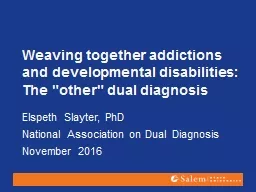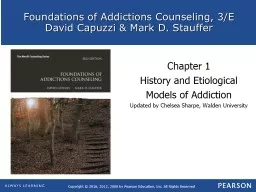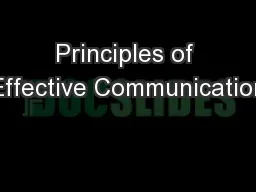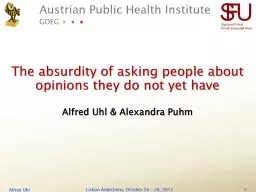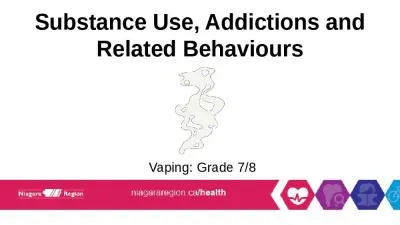PPT-13 Principles of Effective Addictions Treatment
Author : tawny-fly | Published Date : 2017-07-11
National Institute of Drug Abuse 1 NO SINGLE TREATMENT IS APPROPRIATE FOR ALL INDIVIDUALS Matching treatment settings interventions and services to an individuals
Presentation Embed Code
Download Presentation
Download Presentation The PPT/PDF document "13 Principles of Effective Addictions Tr..." is the property of its rightful owner. Permission is granted to download and print the materials on this website for personal, non-commercial use only, and to display it on your personal computer provided you do not modify the materials and that you retain all copyright notices contained in the materials. By downloading content from our website, you accept the terms of this agreement.
13 Principles of Effective Addictions Treatment: Transcript
Download Rules Of Document
"13 Principles of Effective Addictions Treatment"The content belongs to its owner. You may download and print it for personal use, without modification, and keep all copyright notices. By downloading, you agree to these terms.
Related Documents

